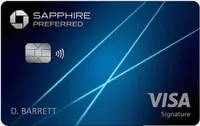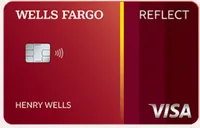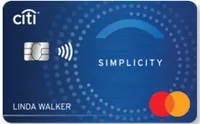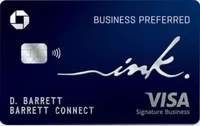The Worst Credit Cards: Is One in Your Wallet?
If you have one of the worst credit cards, it's time to replace it with a winner. We can help.
We may get compensation if you visit partner links on our site. We may not cover every available offer. Our relationship with advertisers may impact how an offer is presented on our website. However, our selection of products is made independently of our relationship to advertisers. The content on this page is accurate as of the posting date; however, some of the offers mentioned may have expired.
What's in your wallet? It could hold one of the worst credit cards if you haven't been paying attention. The terms of rewards credit cards change over time; that card that seemed great a few years ago could now be a dog. While nabbing a card with a big bonus for new customers is tempting, you must also be sure it's the right card for the long haul. And with interest rates soaring and annual fees trending up over the past few years, you should take a close look at your cards. Here, we have rounded up a list of the Worst Credit Cards of the year thanks to a WalletHub study.
As a first step, cull any of these cards from your wallet, and then shop for a card with better terms or a compelling bonus offer. But if you have more than one lousy card, don't close your cards all at once. Canceling a card will lower your credit score — albeit temporarily. You can protect your score by closing bad cards and opening a new card over time. The goal is to hold on to the best cards and, even if you don't use them daily, keep your credit cards active to protect your credit score.
We're pairing the worst credit cards with our picks for the best cards in four categories: overall rewards, long-term financing, balance transfer and small business. If you haven't applied for a new card in a while, you should review how to pick a rewards credit card.
From just $107.88 $24.99 for Kiplinger Personal Finance
Become a smarter, better informed investor. Subscribe from just $107.88 $24.99, plus get up to 4 Special Issues

Sign up for Kiplinger’s Free Newsletters
Profit and prosper with the best of expert advice on investing, taxes, retirement, personal finance and more - straight to your e-mail.
Profit and prosper with the best of expert advice - straight to your e-mail.
Four worst credit cards of 2024
The worst credit cards typically charge high interest rates and fees, but offer few (if any) rewards or other perks in return. So, if you’re one of the 57% of Americans who say their finances are a horror show, check out these credit cards that the experts at WalletHub consider among the worst. If you’re holding one in your pocket right now, we also offer alternatives.
1. Mastercard® Gold Card: worst for rewards
The Mastercard® Gold Card comes with an astounding $995 annual fee. For that, you get a 24K gold plated card, a $200 airfare credit each year, access to a concierge, the promise of luxury gifts and one point for each $1 spent on most purchases. Many other credit cards (like the alternative below) offer better rewards bonuses and higher ongoing rewards earning rates for hundreds of dollars less per year.
Card details. Transfer intro APR: 0% for 15 months Transfer Fee: 5% (min $5) Regular APR: 20.74% - 28.74% (V) Annual Fee: $995 Rewards Rate: 1 point for each $1 spent.
Best alternative credit card: The Chase Sapphire Preferred® card has an annual fee of only a tenth of the Mastercard® Gold Card but with a great sign-up bonus and rewards.
Chase Sapphire Preferred® Card
Annual fee: $95.
Sign-up bonus: Earn 60,000 bonus points after you spend $4,000 on purchases in the first 3 months from account opening.
This card boasts a strong network of travel transfer partners, including Southwest Airlines Rapid Rewards, United MileagePlus, Marriott Bonvoy and World of Hyatt.
Kiplinger readers recently voted the card as outstanding for customer service and overall satisfaction and deemed it a card they would recommend to others.
Interest rate: 20.74% to 27.74% variable APR for purchases and balance transfers and 29.24% variable APR on cash advances.
2. Amalgamated Bank Maximum Rewards: worst for financing
Although the Amalgamated Bank Maximum Rewards® World Mastercard® offers 0% introductory rates, the terms are poor if you hope to finance a big purchase over time. You only get 0% for six months, which is relatively short for most credit cards. And for a cash back card, Amalgamated's 1.5 points for every dollar spent can't compete with the best flat-rate cash back credit cards. These cards offer between 2% and even 3% back (for a limited time) with no annual fee.
Card details. Purchase intro APR: 0% for 6 months Transfer intro APR: 0% for 6 months Transfer Fee: 5% (min $10) Regular APR: 24.99% - 29.99% (V) Annual Fee: $0
Many customers are drawn to Amalgamated Bank because of its progressive banking policies. The bank is a recognized B Corp-certified business, meaning it adheres to transparency and sustainability beyond legal requirements for banks. For example, almost a third of its loan portfolio is dedicated to climate solutions. It's too bad that its maximum rewards credit card doesn't have better terms.
Best alternative credit card for long-term financing. The Wells Fargo Reflect® Card offers 21 months of 0% interest.
This Wells Fargo credit card offers an intro interest rate of 0% on new purchases and qualifying balance transfers for 21 months from the time you open the account. It also has a $0 annual fee. The regular APR is variable at 17.74%—29.49%, in line with most other credit cards. However, you must have excellent to good credit to get the card.
While this card is good for its 0% purchase rate for 21 months, don't get suckered into using it for a balance transfer. The transfer fee is 5%, higher than the 3% you may find on other cards.
3. Community Bank Maximum Rewards: worst for balance transfer
The Community Bank Maximum Rewards® Visa Signature® Card made WalletHub's list of the worst cards this year (for the first time) because it is expensive for people who want to reduce the burden of existing debt. The card charges a 5% (min $10) balance transfer fee and a regular APR of 24.99% - 29.99%, which kicks in after an introductory offer of just 0% for 6 months. It does offer 1.5 points for every $1 spent to be redeemed on cash back, gift cards, travel or merchandise, but the short intro rate makes it an expensive option to use long-term.
Card details. Purchase intro APR: 0% for 6 months Transfer intro APR: 0% for 6 months Transfer Fee: 5% (min $10) Regular APR: 24.99% - 29.99% Annual Fee: $0 Rewards Rate: 1.5 points / $1 Bonus Offer: 10,000 points.
Best alternative credit card: Citi Simplicity Card.
When looking for a balance transfer card, you'll want to find one with a 0% APR for as long as possible and the lowest balance transfer fee, usually 3%. This card neatly fits those criteria: 0% Intro APR for 21 months on balance transfers from the date of the first transfer; after that, the variable APR will be 18.74% to 29.49%, based on your creditworthiness.
The intro balance transfer fee is $5 or 3% of the amount of the transfer, whichever is greater, for transfers completed within four months of account opening. After that, 5% of each transfer (minimum $5). That's about as low a balance transfer fee as you'll find.
The card has no extra fee for late payment (but you should always pay on time to preserve your balance transfer terms).
The card charges a 3% foreign transaction fee, so take another card for travel abroad.
4. CorTrust Bank Visa Business Card - worst for business cards
The CorTrust Bank Visa Business card comes with a $0 annual fee, but doesn’t offer rewards or low introductory interest rates. Since many (probably most) small business cards come with business-oriented rewards programs, if you opt for this card, you are leaving a lot of money on the table. By the way, this is the 10th year this card made it on the Worst Credit Cards list.
Card details. Regular APR: 19.49% Annual Fee: $0.
Best alternative credit card: Chase Ink Business Preferred® Credit Card.
Ink Business Preferred® Credit Card
Welcome offer: This card's big attraction is the current $900 cash value (greater value for travel) welcome offer; to get the bonus, your business must spend $8,000 on the card in the first three months. Read more in Chase Ink Business Card $900 to $1,125 Bonus Offer.
Rewards rates: The card's earnings rate is lower than frequent travelers might like. Earn three points per $1 on the first $150,000 spent on travel and select business categories each account anniversary year. Earn one point per $1 on all other purchases. On the other hand, points are worth 25% more when you redeem for travel through Chase Travel℠, giving you a nice boost for your next trip.
Redemption: Redeem points for cash back, gift cards, travel and more.
Travel benefits: This card has no foreign transaction fee and offers excellent rental car insurance protection and travel insurance.
Annual fee: $95
Interest rate: 20.24% - 26.24% Variable
Member FDIC.
Profit and prosper with the best of Kiplinger's advice on investing, taxes, retirement, personal finance and much more. Delivered daily. Enter your email in the box and click Sign Me Up.

For the past 18+ years, Kathryn has highlighted the humanity in personal finance by shaping stories that identify the opportunities and obstacles in managing a person's finances. All the same, she’ll jump on other equally important topics if needed. Kathryn graduated with a degree in Journalism and lives in Duluth, Minnesota. She joined Kiplinger in 2023 as a contributor.
-
 23 Last-Minute Gifts That Still Arrive Before Christmas
23 Last-Minute Gifts That Still Arrive Before ChristmasScrambling to cross those last few names off your list? Here are 23 last-minute gifts that you can still get in time for Christmas.
-
 The Rule of Compounding: Why Time Is an Investor's Best Friend
The Rule of Compounding: Why Time Is an Investor's Best FriendDescribed as both a "miracle" and a "wonder," compound interest is simply a function of time.
-
 4 Great Tools to DIY Your Own Financial Plan
4 Great Tools to DIY Your Own Financial PlanSmart Savings Several tools picked out by Kiplinger that DIYers can use to make their own financial plan.
-
 23 Last-Minute Gifts That Still Arrive Before Christmas
23 Last-Minute Gifts That Still Arrive Before ChristmasScrambling to cross those last few names off your list? Here are 23 last-minute gifts that you can still get in time for Christmas.
-
 4 Great Tools to DIY Your Own Financial Plan
4 Great Tools to DIY Your Own Financial PlanSmart Savings Several tools picked out by Kiplinger that DIYers can use to make their own financial plan.
-
 The 7-Month Deadline That Determines Your Lifetime Medicare Premiums
The 7-Month Deadline That Determines Your Lifetime Medicare PremiumsUnderstanding Medicare enrollment is crucial, as missing deadlines can lead to permanent late enrollment penalties and gaps in coverage.
-
 Should You Renew Your CD?
Should You Renew Your CD?With rate cuts impacting earnings, we examine if now is a wise time to renew CDs.
-
 Where to Store Your Cash in 2026
Where to Store Your Cash in 2026Set yourself up for success with these strategies.
-
 I'm a Financial Adviser: The Fed's Rate Cuts Could Have Impacts You Might Not Anticipate
I'm a Financial Adviser: The Fed's Rate Cuts Could Have Impacts You Might Not AnticipateUnderstanding how lower interest rates could impact your wallet can help you determine the right financial moves to make.
-
 My Teen Crashed His Car, and Now Our Insurance Has Tripled. What Now?
My Teen Crashed His Car, and Now Our Insurance Has Tripled. What Now?Dealing with the costly aftermath of a teen car accident is stressful. Here are your options for navigating it.
-
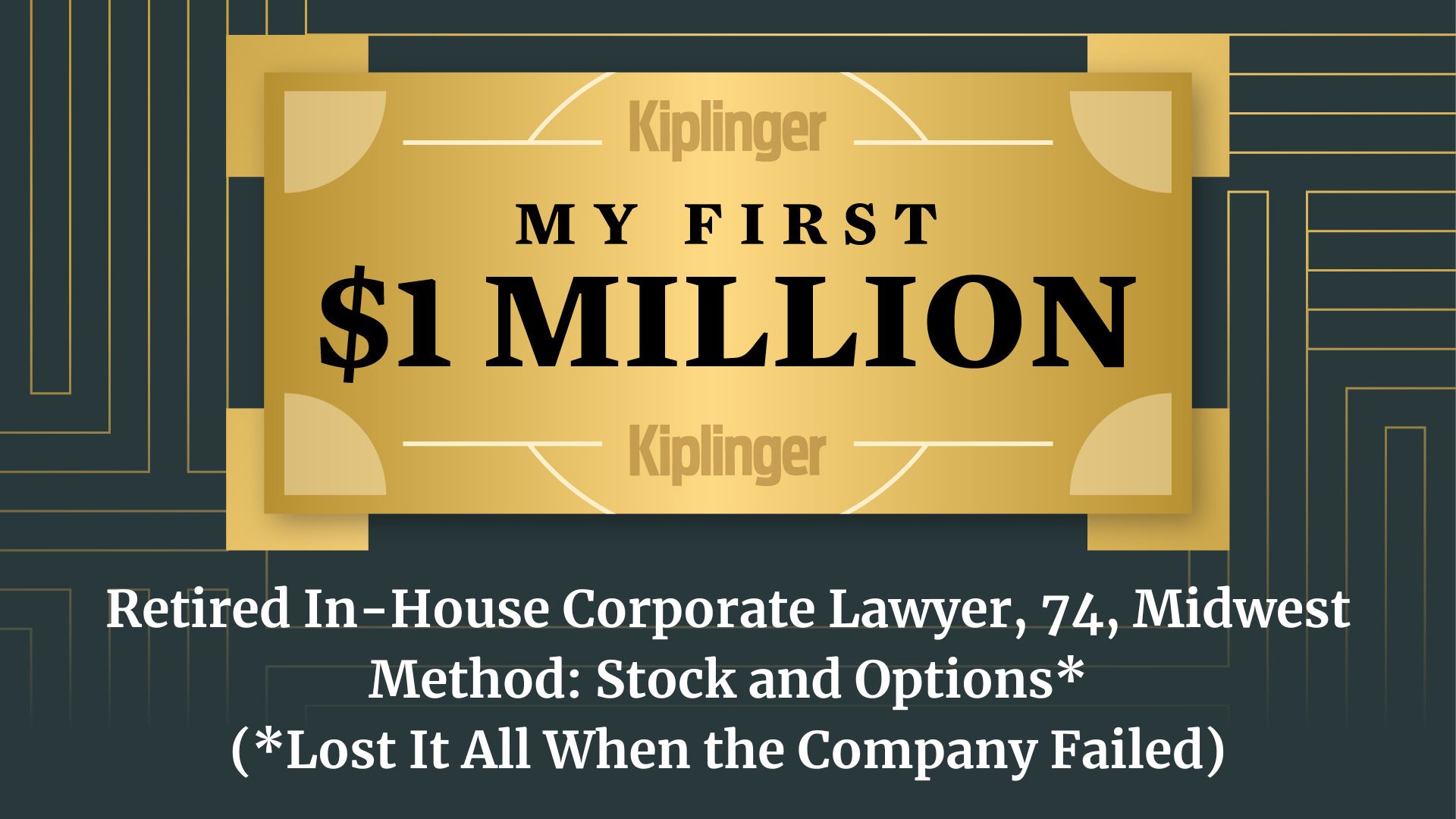 My First $1 Million: Retired In-House Corporate Lawyer, 74, Midwest
My First $1 Million: Retired In-House Corporate Lawyer, 74, MidwestEver wonder how someone who's made a million dollars or more did it? Kiplinger's My First $1 Million series uncovers the answers.


